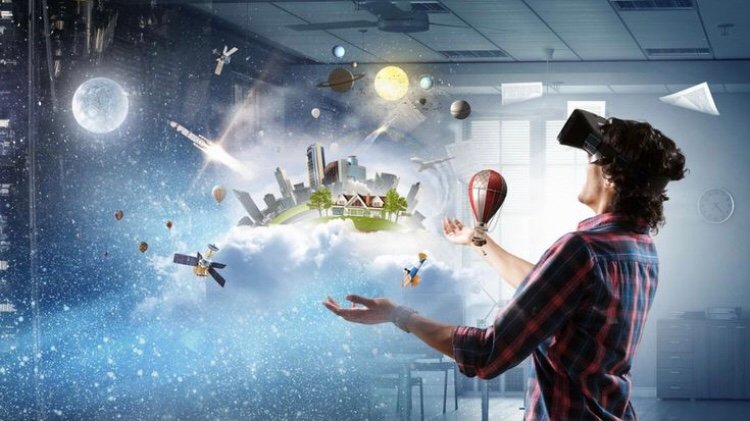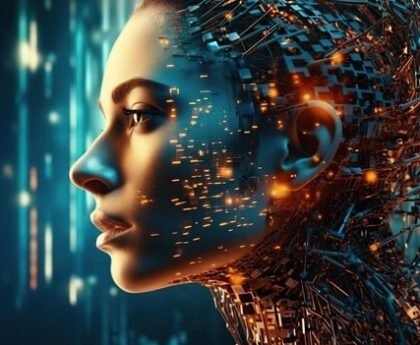Mixed Reality (MR) is rapidly emerging as a transformative tech experience, bridging the gap between physical and digital realms. Explore the journey of Virtual Reality, Augmented Reality, and Mixed Reality, and uncover the computing power propelling these immersive encounters.
The allure of escaping reality through technology has captivated human imagination for generations. A journey from peek-through toys of the 1950s to enclosed flight simulators in the 1960s showcases the historical progress toward Virtual Reality. However, it was in the 1930s that science fiction pioneers began pondering the boundary between reality and the virtual.
Today, we find ourselves on the brink of a Virtual Reality revolution, poised for substantial growth. But what about Augmented Reality and Mixed Reality? How do these facets fit into this ever-expanding landscape?
- Virtual Reality (VR): VR is the most familiar facet of this tech spectrum, immersing users in entirely digital environments via head-mounted displays and haptic controllers.
- Augmented Reality (AR): AR enriches the real world with digital overlays. Games like Pokémon GO exemplify AR, enhancing our perception of reality with digital elements.
- Mixed Reality (MR): MR acts as a bridge between VR and AR, harmoniously merging real and digital elements. MR users engage with physical and virtual objects and environments, enabled by advanced sensing and imaging technologies. MR opens a door to a realm where reality and imagination coalesce, breaking down boundaries.

To actualize a Mixed Reality experience, more than just a headset is required; advanced computing power is essential. MR devices incorporate AI sensors, cameras, computational prowess, and processors. These devices vary from smart glasses to gloves and body suits, or even your smartphone. The sophistication of the device determines the richness of the MR experience.
These devices can link up with computers, consoles, or PCs, granting access to software that introduces, duplicates, or relocates virtual objects around users. Cutting-edge MR headsets like the HTC Vive and Meta Quest 2 construct high-fidelity environments, erasing the distinctions between reality and technology. The outcome is an immersive and interactive journey that can revolutionize work and leisure.
Real-World Utilization
Although in its nascent stages, Mixed Reality is already finding applications across diverse industries for educational purposes. Aircraft manufacturers, for instance, employ MR as a cost-effective method for training repair technicians. Instead of physically removing an aircraft engine for training, technicians wear specialized headsets displaying holographic engine images. Interaction with this hologram is facilitated through gestures, gaze, and voice commands, offering an in-depth comprehension of the engine’s components, all without physical constraints.
Mixed Reality redefines our engagement with technology, blurring the lines between the real and virtual worlds. It delivers an unparalleled level of immersion and interaction, with extensive applications across diverse sectors. As technology advances, the division between reality and the virtual world will continue to dissolve, unveiling a realm of boundless possibilities. Whether you’re a gamer, a professional, or an enthusiast, Mixed Reality beckons, offering an exhilarating journey into the future.





